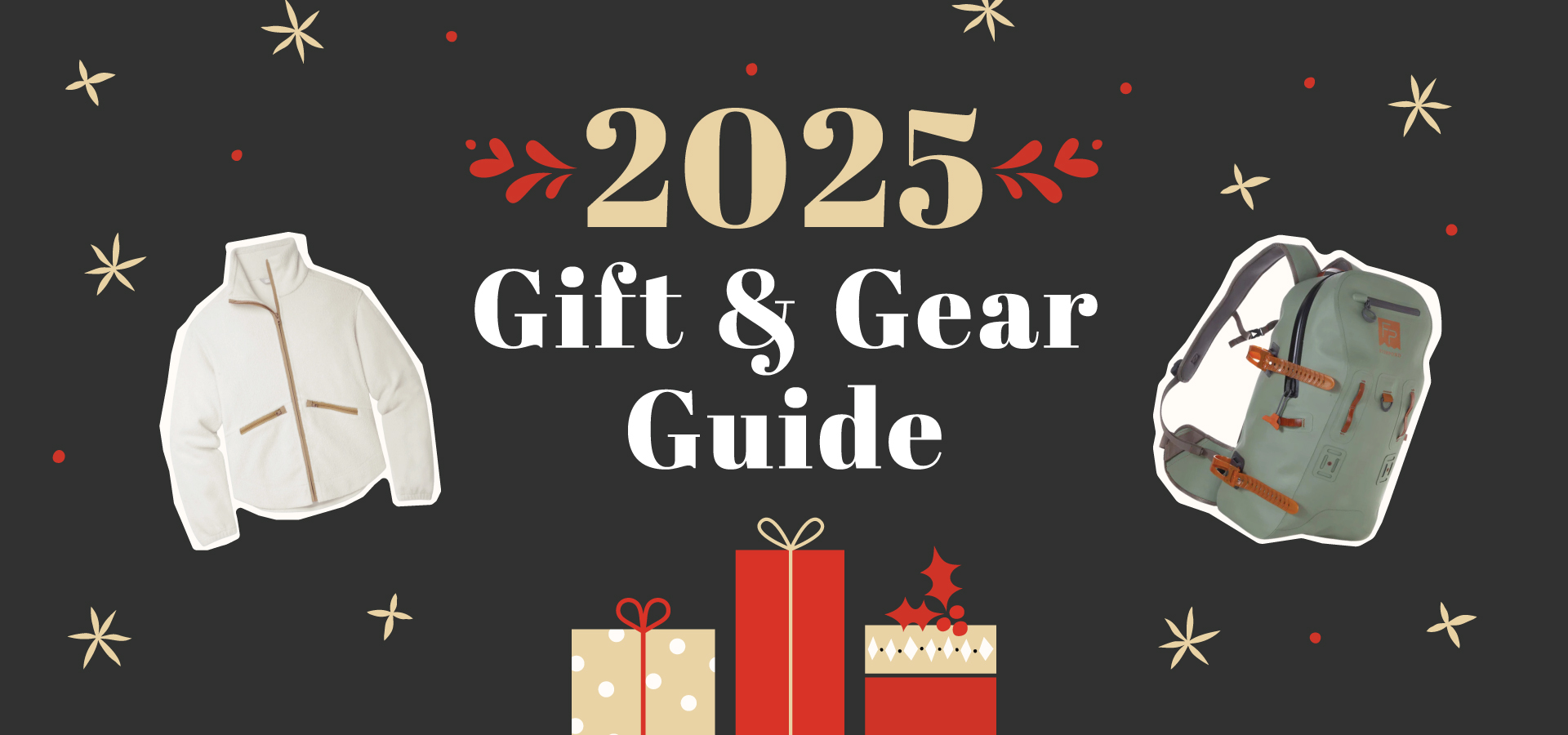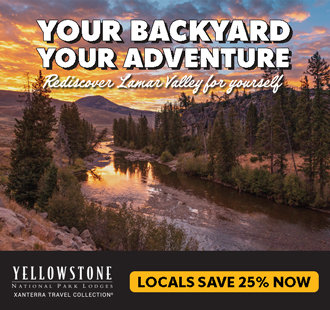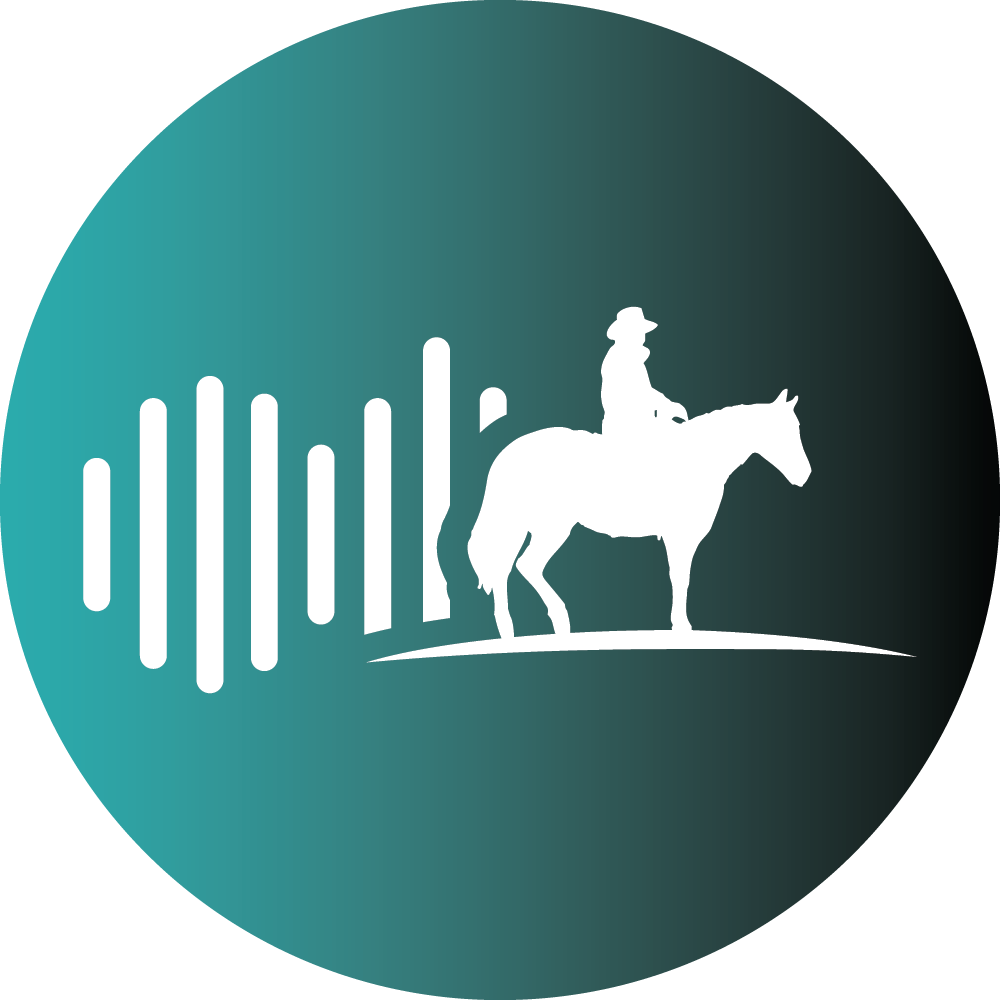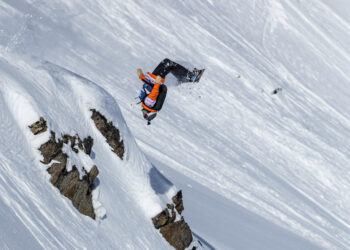By Todd Wilkinson EBS Environmental Columnist
Less than a year ago, before the COVID-19 pandemic arrived en force sending Americans scrambling for the hinters and wealthy citizens to second or third homes located far away from cities, financial analysts predicted America was headed for a devastating recession potentially verging on a Depression.
Then, as coronavirus brought social distancing and sequestering in place, the forecasts turned even more grim. Realtors and those involved with the regional tourism economy braced for the worst, except, as we now look back with hindsight, the expected disaster that was mitigated somewhat by spending habits of refugees.
While the U.S. officially entered a paralyzing recession in February of 2020, between last spring and the end of year, literally billions of dollars’ worth of property changed hands in the Greater Yellowstone Ecosystem, punctuated by land and home purchases in Bozeman, Jackson Hole and Big Sky, with strong sales also registering in more rural hideaways.
To most observers, the magnitude was jaw-dropping, with the pace of deed transfers and development outpacing the amount of business typically generated in half a decade.
Today, one of the questions being asked, to put it bluntly, is why the mobile ultra-wealthy aren’t more generous when it comes to supporting conservation, particularly in a region like Greater Yellowstone that, in terms of its high wildlife values, is unsurpassed in the Lower 48 and across much of the world?
It’s a ponderance made by Justin Ferrell in his critically acclaimed book, “Billionaire Wilderness: The Ultra-Wealthy and the Remaking of the American West.” Ferrell, who grew up in Wyoming and was educated at Yale, pulls no punches in calling out what he says is a profound irony, if not hypocrisy.
The very people with means, who are capable of helping save Greater Yellowstone’s natural environment, and who themselves are causing its land fragmentation with their own resource consumption, refrain from giving back by supporting conservation efforts.
While some observers will tell you that the affluent don’t care, I have a different take. Be it Big Sky, Jackson Hole or Bozeman, I think it’s also a matter of many not realizing what’s at stake or knowing how they can make a positive difference. This ain’t the Hamptons. We’re talking about this country’s version of the Serengeti.
Some thought leaders have devised ways that big-hearted folks can make business investments in conservation. One of them is Robert Keith, graduate of the Stanford Business School, who oversees Bozeman-based Beartooth Capital.
Beartooth uses impact investing to advance ecological restoration, strategic environment-friendly entrepreneurship and, with its investors and clients, espouses place-based education.
While the company doesn’t promise to deliver the kind of sky-high returns that hedge funds claim to make—and which are both risky and unsustainable—Beartooth’s approach enables investors to yield modest dividends and glean huge satisfaction realizing they are contributing to Greater Yellowstone’s wildlife persistence. They also can boast they’re leaving a better world behind for their kids and grandkids.
A few years ago, Keith delivered a TED talk that has been widely circulated. At the time, more than 18,000 investment firms in the U.S. managed more than $16 trillion and invested $500 billion a year in new projects. Many of them are tied to resource consumption and sometimes environmental degradation.
“What if we could take a tiny sliver of that investment capital and put it to work for a good cause, in our case restoration and protection of the American West?” Keith asked.
While some cynics regard “capitalism” as an enemy of environmental protection, Keith and others say it’s more a challenge of turning capitalism into being an ally for nature.
While I was researching my book on Greater Yellowstone media-pioneer-turned-bison-rancher Ted Turner, “Last Stand: Ted Turner’s Quest to Save a Troubled Planet”, my thinking about landscape-level conservation began to shift, particularly in pondering the critical intersection of public and private land.
Many people are talking about the notion of the “triple bottom line,“—i.e.: maintaining a measurable ledger sheet that accounts for three different kinds of values factored into business decisions.
The first is the factual reality that in order for the dividends of private lands conservation to persist into the future, being passed along from one generation to the next, they need to be economically sustainable. That is, conservation which functions only as a net debt proposition or liability heired to future generations cannot and will not last, no matter how solid the intentions.
Secondly, as Turner has put into practice, the ultimate goal is to leave land in as fine a condition, ecologically speaking, as one found it, or to do no harm, and, whenever possible, to use proceeds to heal past abuses and restore ecological function. This is the ecologic leg and achieving this can be accelerated if incentives are provided that help alleviate the costs of doing good.
Thirdly, decisions should be done in a way in which humans are approached with dignity. It means treating employees well and paying them a living wage, treating your neighbors with respect and working constructively across fence lines to preserve the values both sides hold dear.
Many environmental problems inherited from the Old West are the result of not adhering to those principles. If well-to-do individuals collectively contributed just a tiny fraction of their individual fortunes to protecting wildness in Greater Yellowstone, it would be a game changer. The real question is: Why wouldn’t they?
Todd Wilkinson is the founder of Bozeman-based Mountain Journal and is a correspondent for National Geographic. In addition to his book “Last Stand,” Wilkinson is also the author of the book “Grizzlies of Pilgrim Creek,” featuring photography by Thomas D. Mangelsen, about famous Jackson Hole grizzly bear 399.















